Daiou-in Temple, nestled within the serene grounds of Myoshin-ji Temple in Kyoto, beckons visitors with a rich history dating back to 1603. Founded by Ishikawa Mitsutada in memory of his ill-fated father, the temple unfolds a captivating tale of love and political intrigue. Mitsutada’s mother, Okame-no-Kata, caught the eye of Tokugawa Ieyasu, resulting in the birth of Tokugawa Yoshinao. The present temple, relocated from a Fushimi mansion gifted by Ieyasu, showcases architectural gems like Kyakuden and Shoin. Designated a cultural property, Daiou-in boasts fusuma paintings by the renowned artist Shibata Zeshin. Though not always open to the public, the temple offers a rare glimpse into its storied past. Don’t miss nearby Keishun-in Temple, a welcoming sub-temple offering an open garden and delightful matcha tea experiences.
History
Daiou-in Temple, one of the sub-temple of Myoshin-ji Temple, was built in 1603 by Ishikawa Mitsutada to mourn the loss of his father. His father died in ill-fated circumstances. His territory was confiscated for belonging to the Western Army in the Battle of Sekigahara.
Ishigawa Mitsutada’s mother, Okame-no-Kata, was a very beautiful woman with excellent human qualities. After her husband’s death, while working inside Fushimi Castle, Tokugawa Ieyasu took a liking to her. Then she became Ieyasu’s concubine. Eventually she gave birth to Ieyasu’s son, Tokugawa Yoshinao.
Later, Tokugawa Yoshinao became the first lord of the Owari Han. At this time, Tokugawa Ieyasu ordered Ishikawa Mitsutada to serve the Owari Han under his half-brother.
Architecture
The present architecture of the temple is a relocated version of the Fushimi mansion that Tokugawa Ieyasu gave to Okame-no-Kata. Incidentally, the site of the Fushimi mansion where Okame-no-Kata lived is now a nunnery, Seiryo-in Temple.
Designated by Kyoto Prefecture and registered as a cultural property, it includes Kyakuden, Shoin, Kori (storehouse), and Omote-mon (front gate). Kyakuden and Shoin were rebuilt in 1726. And the Kori (storehouse) is a valuable structure from the end of the Edo period. The front gate has remained as it was since more than 400 years ago.
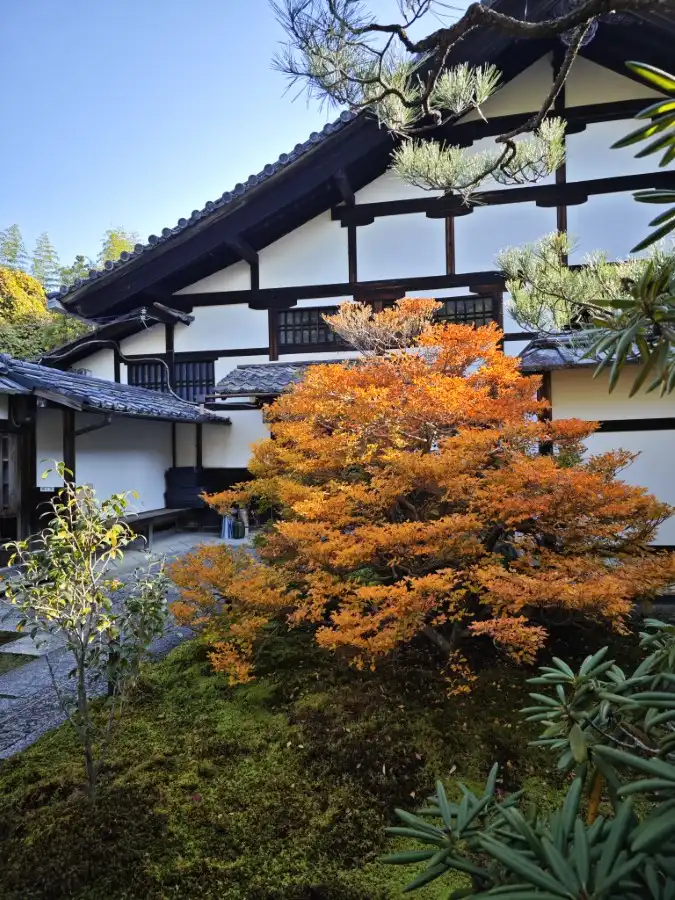


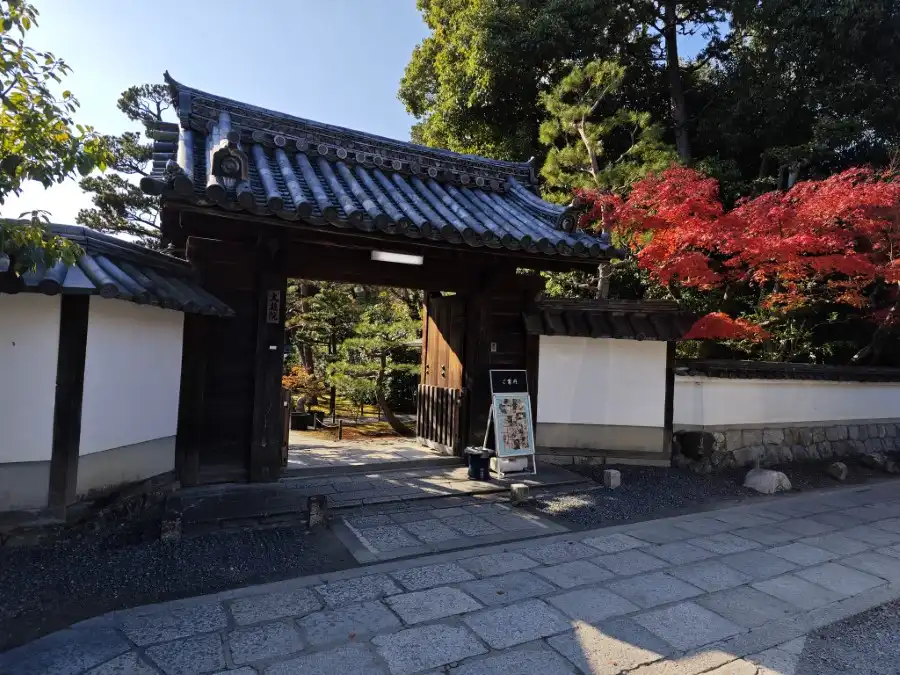
The fusuma paintings in the main hall are by Shibata Zeshin, a maki-e lacquerware artist and painter active from the end of the Edo period to the beginning of the Meiji period. You can see many paintings by Zeshin in his younger days. These include “Wakamatsu,” “Landscape,” “Waterfall Monkey,” and “Toujinmono” (Chinese characters).

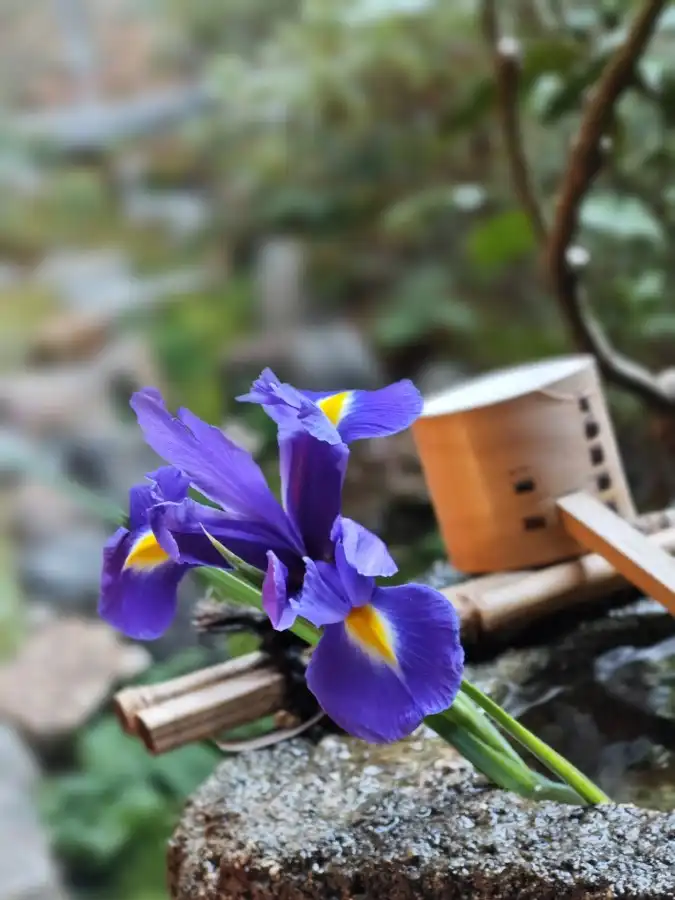


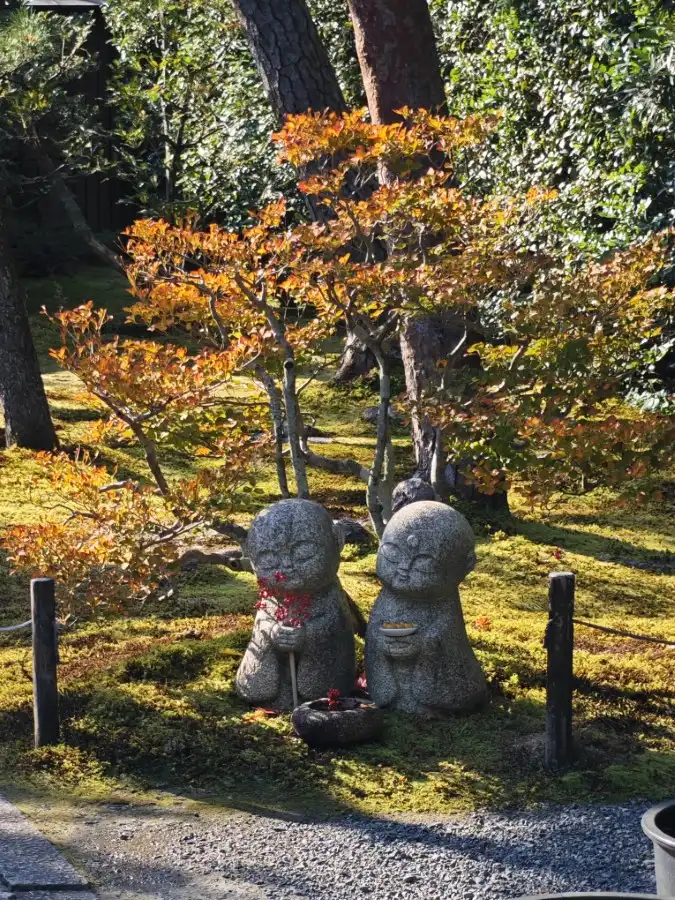
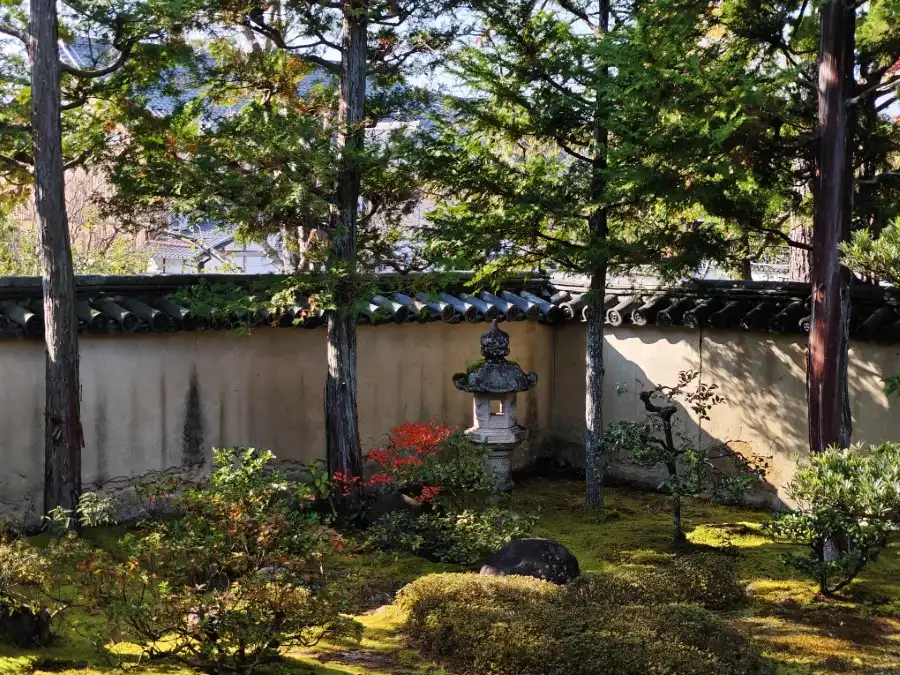
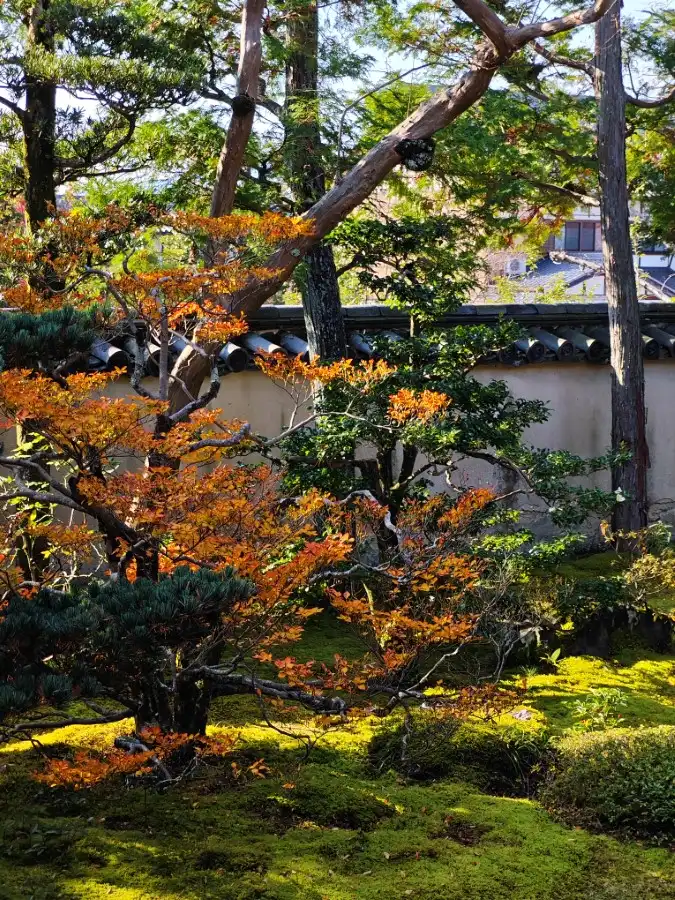
Daiou-in Temple is usually not open to the public. But it occasionally opens its gate to the public. You cannot take pictures of these fusuma paintings, though.
Nearby spots from Daiou-in Temple
Daiou-in is located inside the precincts of Myoshinji Temple.
The nearest other sub-temple is Keishun-in temple, which is always open to the public. There you can enjoy the garden and have matcha tea.
Related articles:
[…] of the notable sub-temples include Taizo-in, Keishun-in, Torin-in, Daisin-in, Daiou-in, Shunko-in, Keishun-in, Esho-in, and Ryogen-in, among many […]